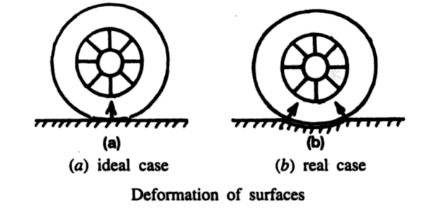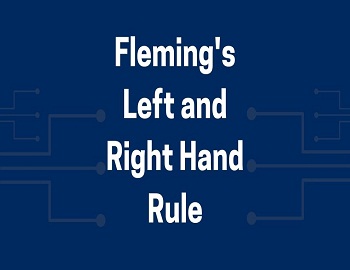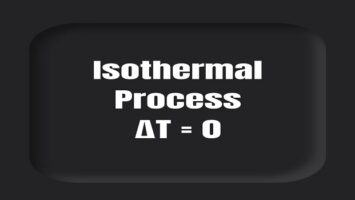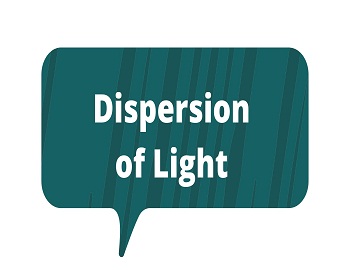Rolling Friction:
When a perfectly rigid wheel or cylinder rolls, without slipping, along a perfectly rigid horizontal surface, the contact between the two bodies is a line and the reaction force is then normal and collinear with the weight of the body. Since there is no tangential component of the force of reaction, there is no friction resisting the motion. Thus, theoretically, a wheel once set in motion must continue indefinitely. Experience, however, shows that the rolling also slows down. This shows that hypothetical pure rolling does not exist in practice. The surface of the rolling body and the supporting planes are always more or less deformed such that an ideal line of contact degenerates into an area of contact. This gives rise to some friction, known as rolling friction.

The harder the materials of the contact surfaces, the lesser will be deformation and the smaller will be the friction.
Since rolling friction is much smaller than sliding friction, vehicles are provided with wheels, and their axles are supported by ball bearings.
Rolling Friction Examples:
(1) Rolling a ball on the ground: When you roll a ball on the ground, it experiences rolling friction. The ball deforms slightly as it makes contact with the ground, and this deformation creates resistance that opposes the motion of the ball.
(2) Car tires on the road: Rolling friction is a significant factor in the movement of vehicles. When a car moves, the tires continuously deform and rebound as they roll over the road surface. This deformation generates rolling friction, which the engine must overcome to maintain speed.
(3) Bicycle riding: When you ride a bicycle, the tires experience rolling friction with the road. The tires compress and rebound as they roll, creating resistance that you need to pedal against.
(4) Skateboarding: A skateboard experiences rolling friction as its wheels roll over the ground. The wheels deform slightly and rebound, generating resistance that affects the skateboard’s speed and movement.
(5) Rolling suitcases: When you pull a rolling suitcase, it experiences rolling friction. The wheels on the suitcase deform and rebound as they roll over the floor, creating resistance that you must overcome to move the suitcase.
(6) Rollerblading or roller skating: In these activities, the wheels of the rollerblades or roller skates experience rolling friction with the ground. The wheels deform and rebound, generating resistance that affects the speed and movement of the skater.
These are just a few examples of rolling friction in everyday situations. Rolling friction is encountered in various mechanical systems and is an important factor to consider when designing vehicles, machinery, and other objects that involve rolling or rotational motion.









Comments (No)